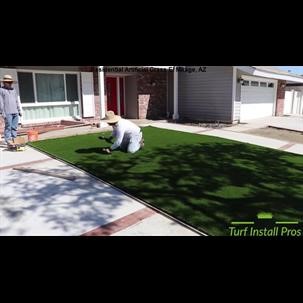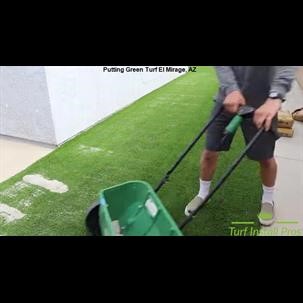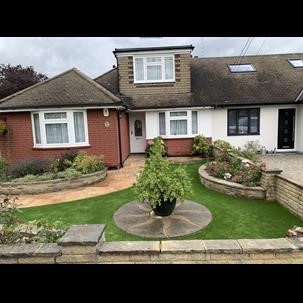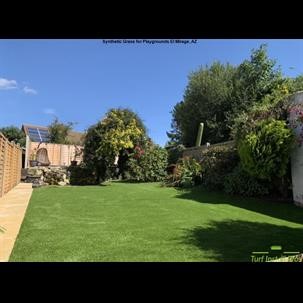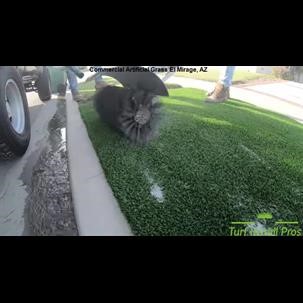If you're looking to create a new, beautiful backyard, or to give your existing yard a makeover Artificial grass for residential use is a great choice. Artificial grass for residential use isn't like natural grass, and doesn't require watering, mowing, or weeding. Instead, you'll need to deal with dirt and stains and rake your blades frequently to avoid matting. To stop leaves from being swept away and making the lawn more difficult to maintain, it is crucial to get them removed immediately. Properly maintained grass can prolong the life of residential artificial grass by between 15 and 20 years.
Artificial turf that is of high-quality can last for many years without breaking or getting worn out. In contrast to natural grass, residential artificial grass is able to endure high traffic and is not affected by mud or color changes. It can even be used in places that pets aren't permitted to roam like rooftops, pool decks and road medians. This is because synthetic grass is durable enough to withstand traffic including pets and children.
Before installing artificial grass, be sure that the infill is sufficient. It is essential to choose the right level of infill to support turf fibers and ensure that they stand tall. The manufacturer provides guidelines for infill depth. If you're not comfortable with DIY, you can call a professional for installation. To promote drainage, the area should have a slope of around 2%. The surface and base must be compacted to a minimum of 90%.

